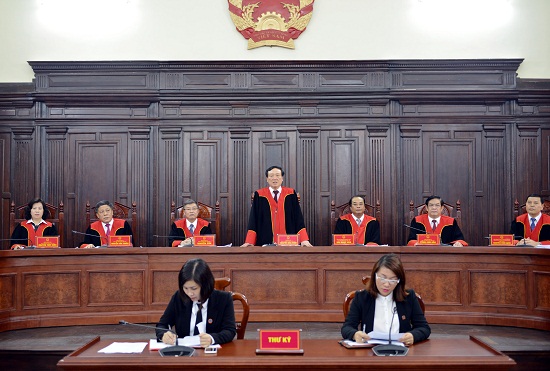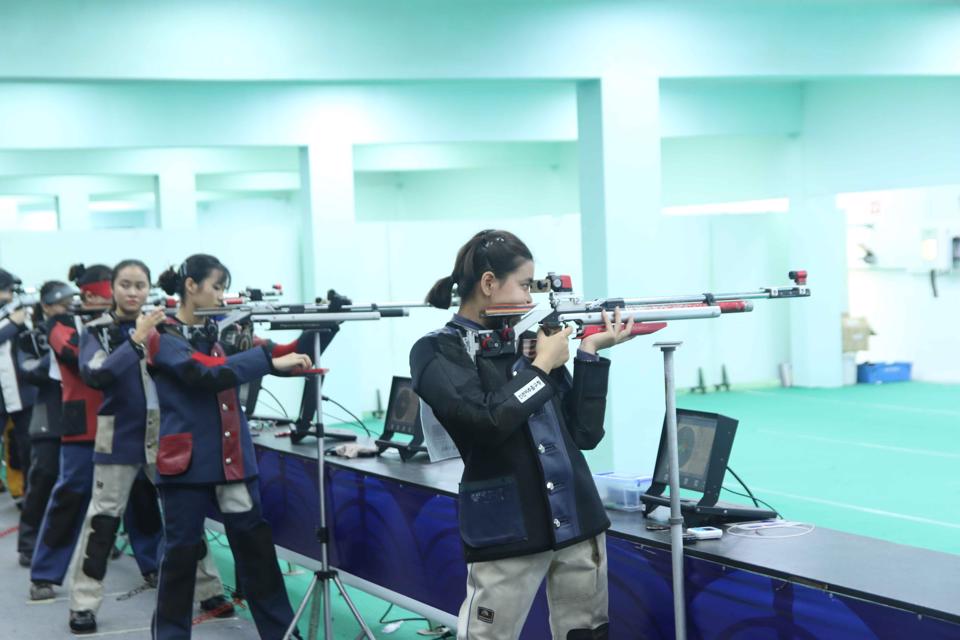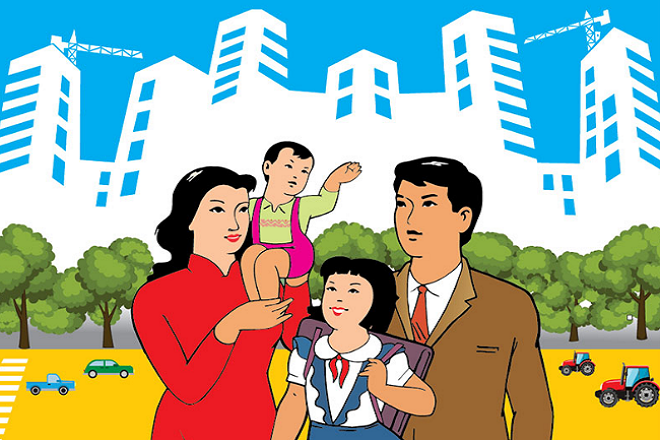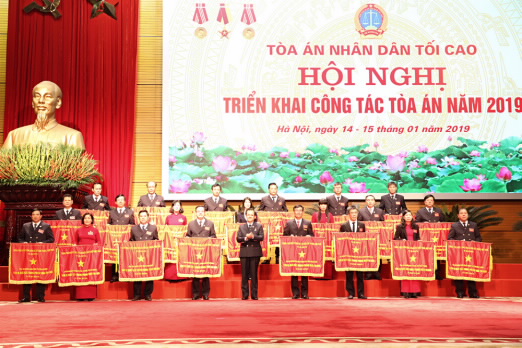What are the principles of commendation of the People's Court of Vietnam? - Bao Chau (Binh Thuan, Vietnam)

14 principles of commendation of the People's Court of Vietnam (Internet image)
1. Objects of commendation in the People's Court of Vietnam
According to Article 3 of Circular 01/2018/TT-TANDTC, the objects of commendation in the People's Court of Vietnam include:
- The subjects specified in Article 2 of Circular 01/2018/TT-TANDTC:
(i) Units of the Supreme People's Court, Court Academy
(ii) High People's Courts and Military Courts at all levels.
(iii) People's Courts of provinces and centrally run cities (hereinafter referred to as provincial People's Courts).
(iv) People's Courts of districts, towns, provincial cities, and the equivalent (hereinafter collectively referred to as district-level People's Courts).
(v) Small collectives belonging to agencies and units specified in (i), (ii), (iii), and (iv).
(vi) Cadres, civil servants, public employees, and employees (including those in probationary status) working in agencies and units specified in (i), (ii), (iii), (iv), and (v).
- Collectives and individuals not belonging to the People's Court, such as people's jurors or military assessors, with outstanding merits and achievements, contributing to the construction and development of the People's Court
2. Principles of commendation in the commendation work of the People's Courts of Vietnam
Specifically, in Article 5 of Circular 01/2018/TT-TANDTC, the principles of reward in the work of emulation and commendation of the People's Court are prescribed as follows:
(1) Democracy, accuracy, publicity, fairness, and timeliness
(2) A form of reward can be given many times to an object; don't give more than one form of reward for an achievement.
(3) In a year, not to present two forms of state-level commendation to an object (for individuals who only request one form of state-level commendation or the title of "National Emulation Fighter"); except for the case of exceptional and unexpected achievements, commendation for the process of dedication, and commendation by term in the armed forces (if any).
(4) Ensure consistency between the nature, form, and object of the reward.
(5) Closely combine spiritual encouragement with material benefits.
(6) Rewards must be based on achievements. Achievements in difficult and influential conditions are rewarded at a higher level.
Only use reward results for year-end achievements as a basis for commendation or reward proposals (the results of commending and rewarding emulation movements in batches or thematically are recorded and prioritized when considering commendation or proposing it to superiors for commendation).
Do not accumulate the previous commendable achievements to propose increasing the next reward level.
Pay attention to rewarding small collectives and individuals who are the ones who directly work, work, and fight and have a lot of creativity in labor and work.
(7) When considering the reward for the head of the agency, the unit must base its decision on the achievements of the collective led by that individual.
(8) Not yet commending or requesting superiors to reward collectives and individuals while the competent authority is considering disciplinary action or is investigating, inspecting, or examining when there are signs of violations or there is a written complaint or denunciation being verified and clarified.
(9) Collectives and individuals are not considered for commendation because a judgment or decision is canceled or modified, but if the cassation trial panel concludes that the cancellation or correction is incorrect, it shall be considered and recommended for additional commendation.
(10) Not considering commendation for collectives whose cadres, civil servants, public employees, and employees have been disciplined in the form of a warning or higher or are under criminal prosecution.
Collectives whose cadres, civil servants, public employees, and employees have been disciplined and reprimanded may still be considered for commendation proposals, but the emulation title and form of reward of that collective must be one level lower than those of other collectives with the same achievements.
(11) For female leaders and managers, the time required to consider and reward the dedication process is reduced by one-third compared to the general regulations (if the retirement age is higher, the time required to consider and reward the dedication process must comply with the general regulations).
When there are many individuals and collectives that meet the same conditions and standards for a form of commendation, priority will be given to rewarding female individuals and groups with a higher percentage of women.
(12) The time for requesting a reward the next time is calculated according to the time of the accomplishments stated in the previous commendation decision.
For a commendation decision that does not specify the time for making achievements, the time for requesting the next commendation shall be calculated according to the time of issuing the previous commendation decision.
(13) If, when calculating the number of people, the resulting collective number is a decimal, the number is rounded: Below 0.5, the value is 0; between 0.5 and 1, the value is 1.
(14) Whichever level presides over launching emulation in batches or thematically, when summarizing and selecting typical examples, that level shall reward or submit to superiors for commendation (in the case of outstanding, typical achievements, the scope of influence is wider than that level).
Thanh Rin
 Article table of contents
Article table of contents







.Medium.png)
.Medium.png)
.Medium.png)
.Medium.png)
